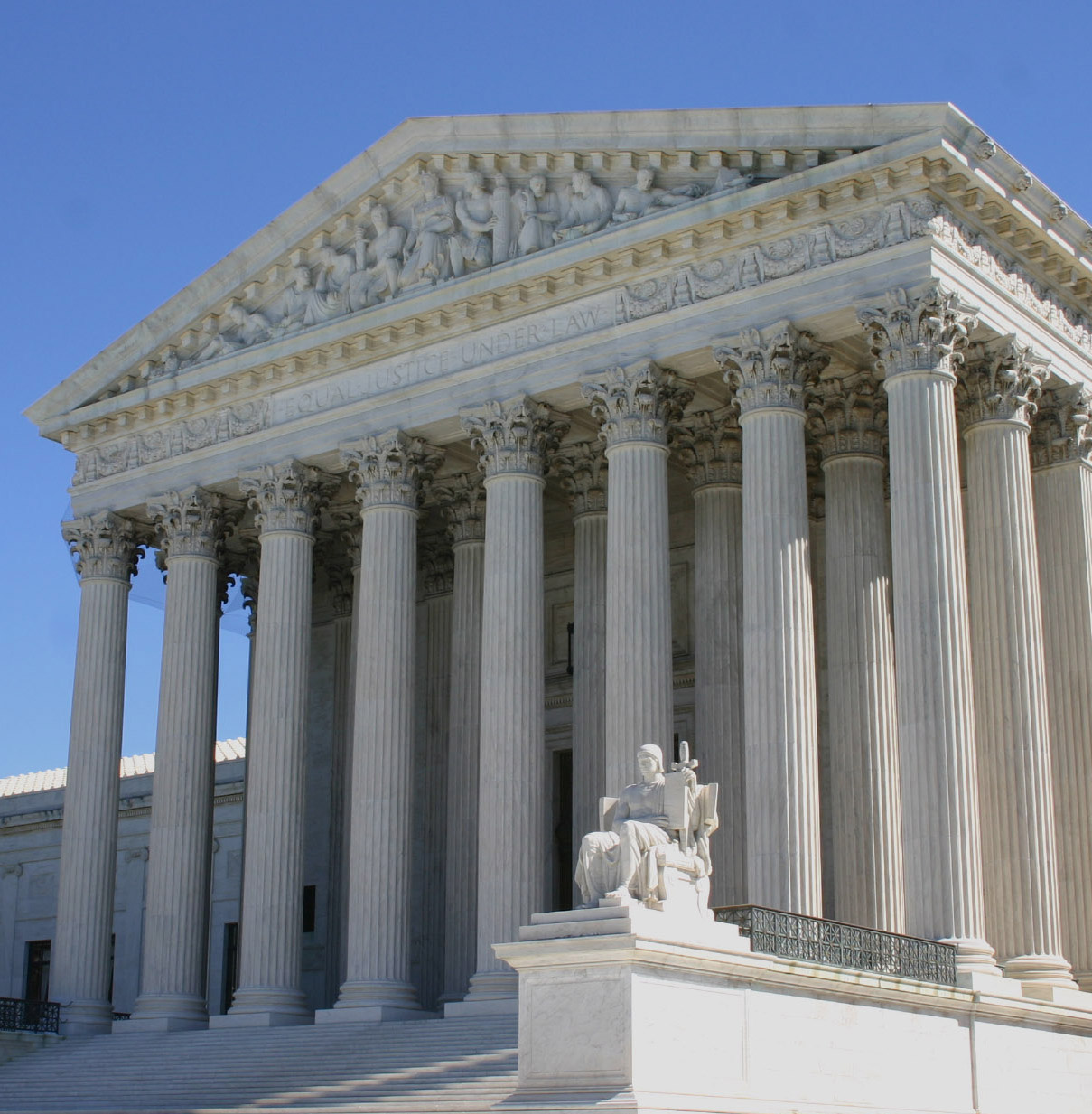During its October 2020 term, the Supreme Court of the United States (SCOTUS) issued opinions in 69 cases. It reversed 55 lower court decisions (79.7%) and affirmed 14. This term’s reversal rate was 9 percentage points higher than the average rate of reversal since 2007 (70.7%). Sixteen cases originated from the 9th Circuit, the most from any circuit (including state courts). The 9th Circuit’s judgment was reversed in 15 of those cases.
When SCOTUS is asked to review a case, a petition for a writ of certiorari must be filed within 90 days of a lower court’s ruling. Each term, approximately 7,000 to 8,000 new petitions are filed with the court. During its weekly conference—a private meeting of the justices—the court reviews these petitions. Granting certiorari requires affirmative votes from four justices.
SCOTUS hears and reaches decisions in an average of 76 cases each year. There are two major decisions the court can make—affirm a lower court’s ruling or reverse it. Most cases originate from a lower court—any one of the 13 appeals circuits, state-level courts, or U.S. district courts. Original jurisdiction cases, which typically involve disputes between two states, cannot be considered affirmed or reversed since SCOTUS is the first and only court that rules in the case.
Since 2007, SCOTUS has released opinions in 1,062 cases. Of those, it reversed a lower court decision 751 times (70.7%) and affirmed a lower court decision 303 times (28.5%). During this time, SCOTUS has decided more cases originating from the 9th Circuit (207) than from any other circuit. The next-most is the 5th Circuit, which had 79 decisions. SCOTUS has overturned a greater number of cases originating from the 9th Circuit (164), but it overturned a higher percentage of cases originating in the 6th Circuit (81.1%, or 60 of 74 cases).
Additional reading:


